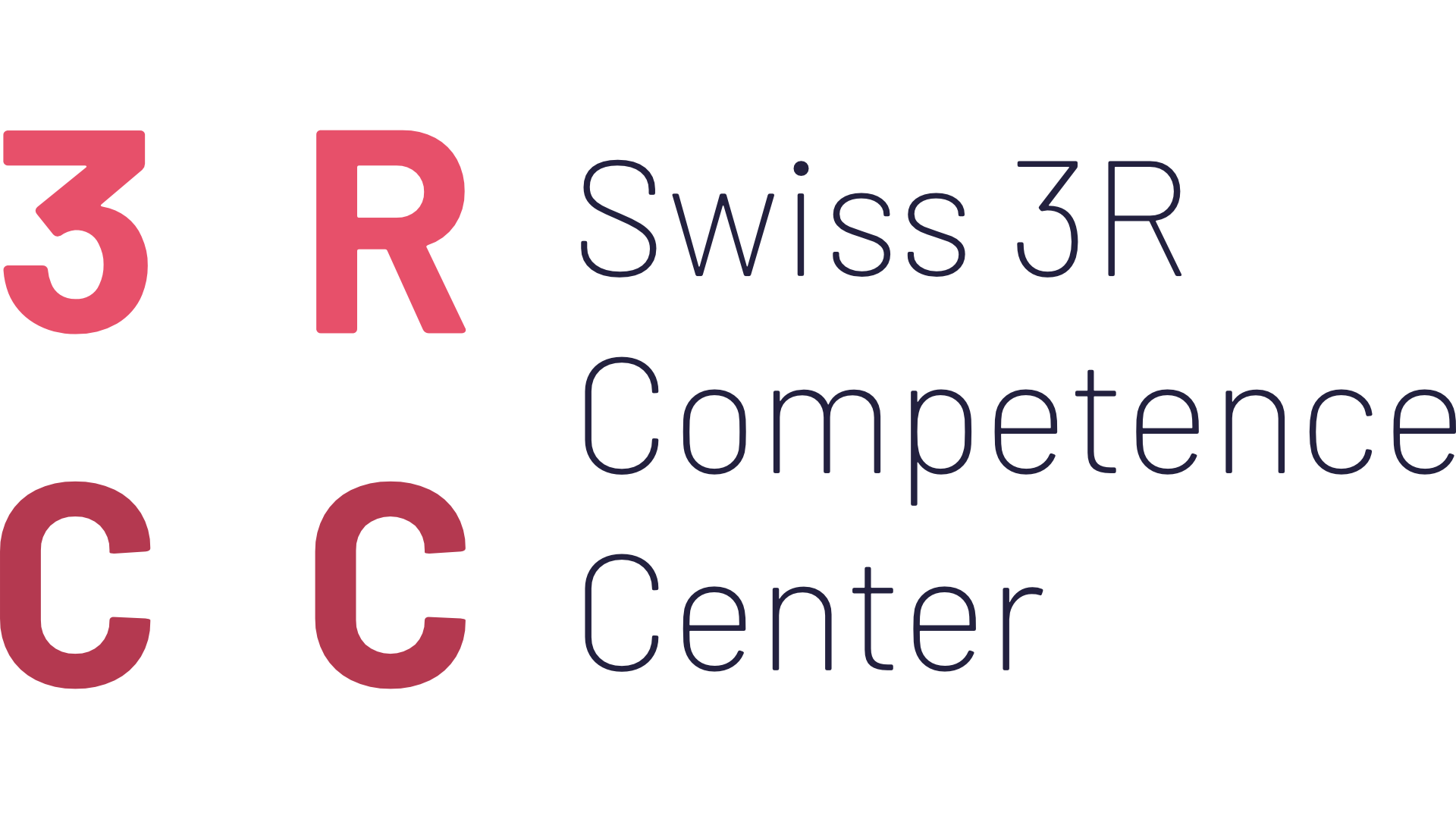BACKGROUND
Manmade chemicals have become an essential commodity in our daily lives, from personal care to medicine and agriculture. Regulators require companies to conduct safety testing because, despite their benefits, such chemicals may also pose risks to human and environmental health. Environmental risk assessments still heavily rely on tests with fish. To replace such fish tests, we are developing strategies and assay procedures based on permanent fish cell lines of rainbow trout (Oncorhynchus mykiss), a key species for environmental protection. The most advanced procedure is the RTgill-W1 cell line assay to predict fish acute toxicity, which has already undergone several validation steps; it has recently been accepted as ISO guideline (21115) and been included in the OECD test guideline development programme. Yet, while these advances pave the way to replace fish, the routine culture of these cells and certain chemical exposure assays still require fetal calf serum to grow the cells.
AIMS
It is now time to eliminate the need of this last animal-derived component for fish cell culture and to move not only to fish- but rather to completely animal-free testing. To achieve this aim, we propose a systematic screening approach that will allow us to rapidly test and identify essential nutritional factors for fish cell proliferation. The broadly used and well accepted fish cell culture medium, Leibovitz’ L-15, will be used as a base and supplemented to obtain a serum- and animal-component free medium: L-15Plus.
STATUS UPDATES
Relevance on 3Rs
This research was geared toward providing the first defined culture medium for fish cell lines—an important contribution to the 3Rs. The standard fish acute toxicity test conducted with rainbow trout requires 7- 10 fish per test solution, with a minimum of 5 concentrations excluding control, leading to a minimum of at least 50 fish per test chemical. Regardless of the test outcome, all fish used must be killed at the end of the test. In contrast, performing only one RTgill-W1 acute toxicity assay enables the calculation of EC50 for one test chemical. Since the routine culturing of fish cells still requires animal serum (up until this point), namely the FBS, the following estimation can be made: with the serum obtained from one fetal cow, enough cells could be cultivated to perform 151 fish acute toxicity tests, saving the lives of 7550 fish. When put into simple math, the impact of the former may seem minor in comparison to the extent of direct fish replacement. However, we believe that every fish and every cow should count.
Future Prospects of the project
Building on the knowhow acquired through the initial research on the development of a serum-free culture medium for the RTgill-W1 cells, funded by Swiss 3RCC, we are further aiming to achieve the complete formulation of a fully defined animal component-free culture medium and to probe the transferability of this medium to other rainbow trout cell lines. With the RTgill-W1 cell line assay being the first internationally standardized in vitro assay in ecotoxicology for acute fish toxicity predictions, having an animal component-free culture medium would make this assay even more attractive. The relevance of this research has been recognized by Unilever, which has decided to fund the proposed research for an additional year.

